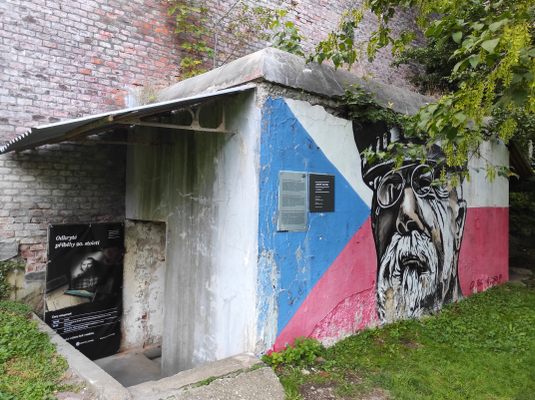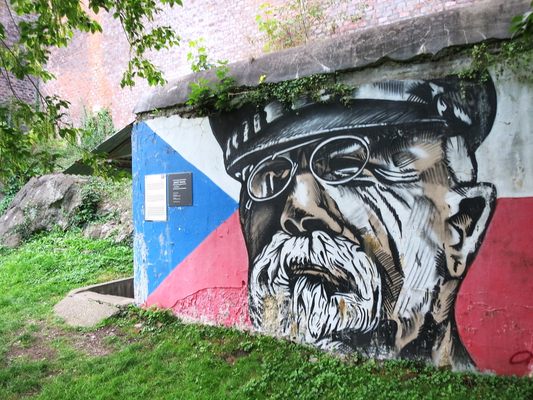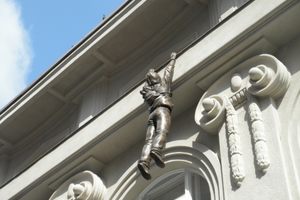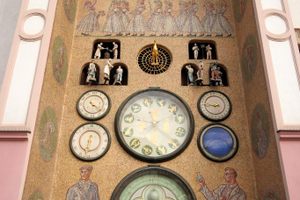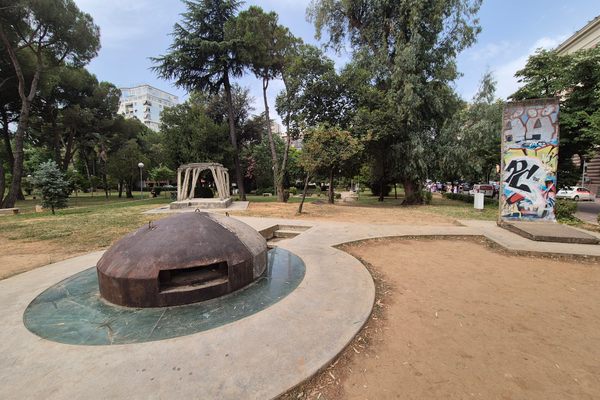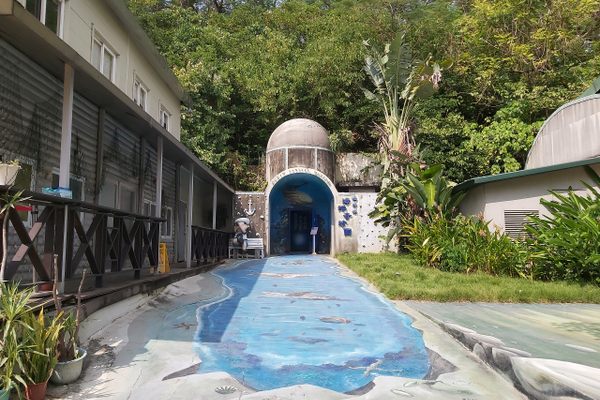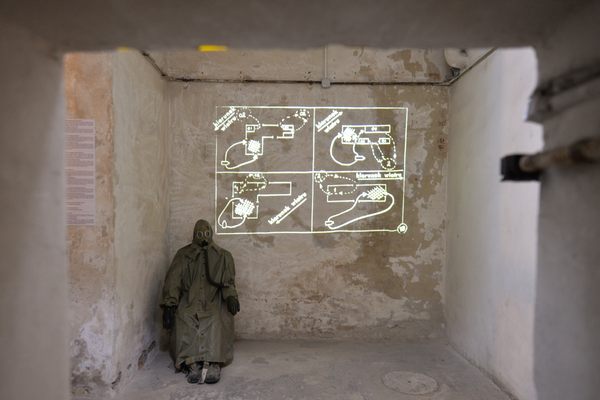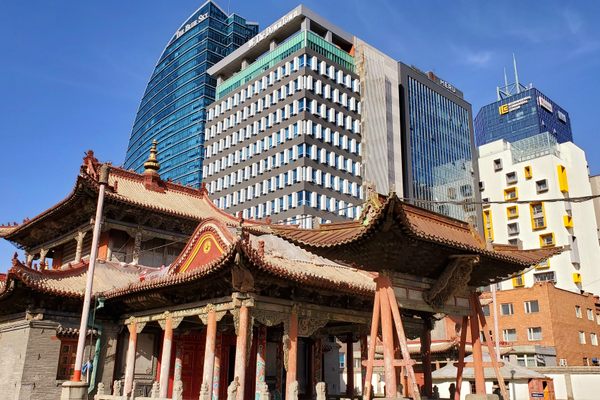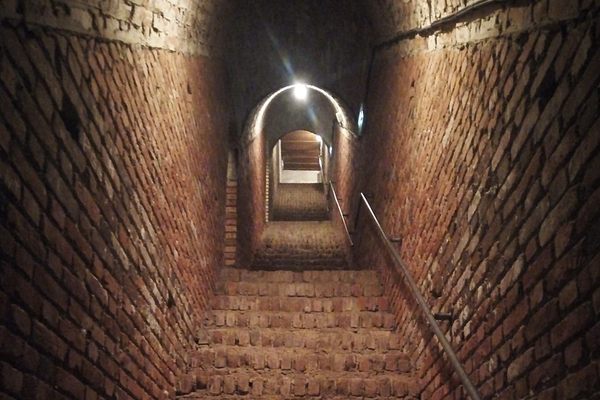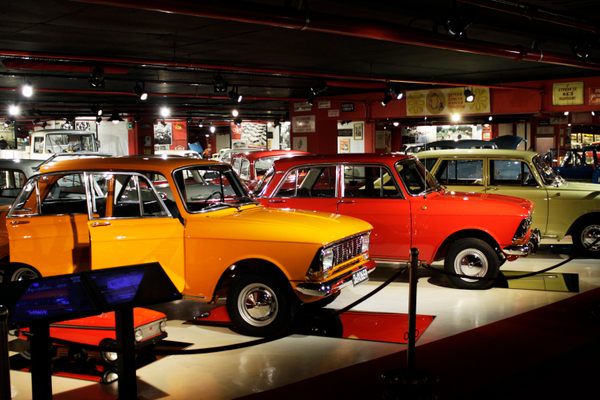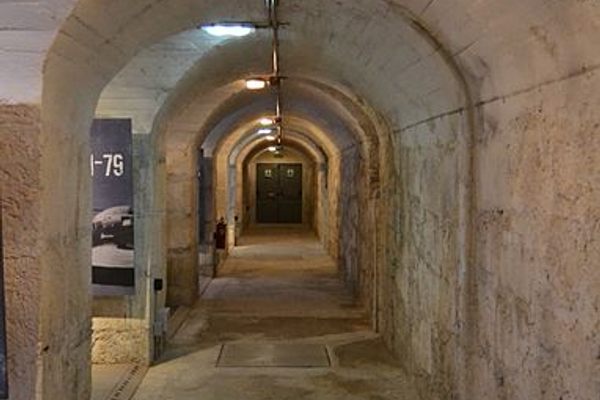About
Deep below the historical city centre of Olomouc, hidden within its medieval fortifications, lies an easily overlooked bunker. Blasted with explosives in the 1950s to host the headquarters of local Civil Defence (Civilni Obrana) in case of an atomic war, the bunker has served different purposes throughout the years.
First, it was a military installation with all the requirements needed to survive for several weeks in the case of a nuclear apocalypse, including a diesel aggregate, decontamination, and insulated water systems.
In 1989, with the onset of the Velvet Revolution, and the gradual transition to a market economy within the 90s, the bunker fell into the hands of the local municipal council. Unsure of how to utilize the space, the council rented out the bunker for free. This led to a grassroots movement called Civil Culture Bunker (Kryt civilni kultury), which tried to turn the location into a new cultural venue, complete with a stage, for the city's extensive student population.
The COVID-19 pandemic brought an end to student events. Today, the bunker lives on as a museum, with an exhibition of the personal stories from contemporaries of World War II and the communist era.
Related Tags
Know Before You Go
Kryt Civilní Ochrany - Institut Paměti národa Olomouc (as it's listed on google maps) is easily identifiable by a large Czech flag with the first president of Czechoslovakia, Tomas Garrigue Masaryk, painted over it. Keep in mind that it is accessible from the Bezrucovy sady park, below the level of the historical city centre. Its interior can be visited each Saturday 2 p.m. to 6 p.m.. It can be pretty cold inside, so do bring a jacket.
Entry is possible only in the presence of a guide and the visiting times are 10.00, 13.00 and 16.00 on Saturdays and 14.00 on Thursdays from mid May to mid September. There's a minimum of 3 and a maximum of 20 participants on each tour and the admission charge is a symbolic 20Kč.
Tickets are available and the tour begins from the tourist information office on the main square. The walk down into the park behind St Michael's takes about 5 minutes and it may take another five minutes for the guide to open the heavy steel doors that were the first line of defence against nuclear chemical or conventional attack.
Community Contributors
Added By
Published
February 17, 2025
